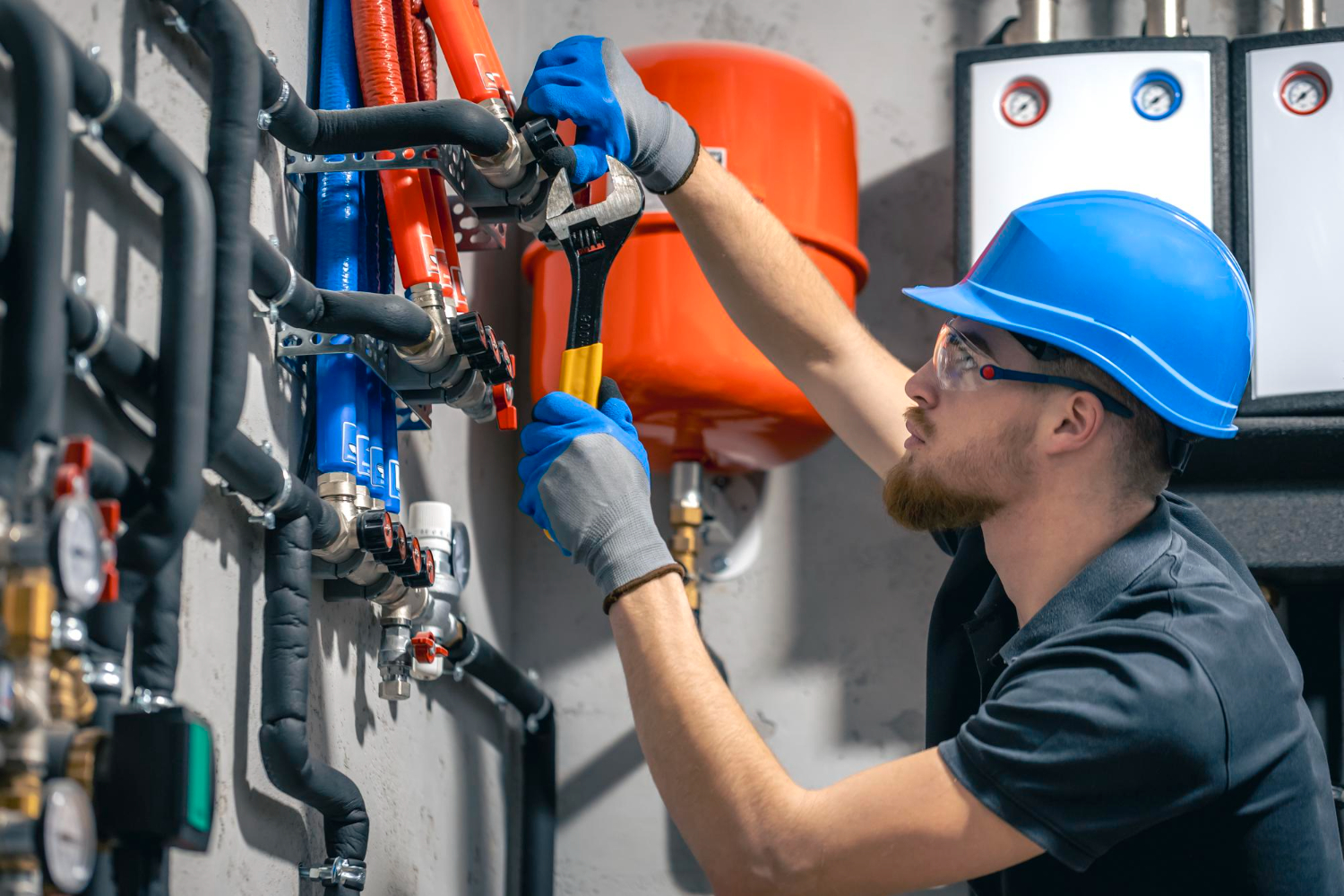Imagine turning on your tap and finding that the water isn’t as clean as you expect. This isn’t just an annoyance; it can pose real health risks. This is where backflow prevention comes into play. Backflow happens when water flows in the wrong direction, potentially dragging contaminants into your clean water supply. Ensuring this doesn’t happen is crucial, especially in places like Orange, where maintaining a clean water supply is important not just for health but for general well-being.
Backflow prevention devices are the silent heroes of plumbing systems, ensuring that your water remains safe. Even if you don’t think about it every day, these devices protect your drinking water from pollutants, keeping your family safe. Understanding how backflow happens and the measures you can take to stop it might sound a bit technical at first, but it’s a vital part of managing your home’s plumbing.
What Is Backflow And How Does It Occur?
Backflow, in simple terms, is when the water in your pipes flows the wrong way. Imagine your garden hose, where the water usually goes out to water plants. Now picture it reversing, pulling water from the hose back into your clean water source. That’s backflow, and it can introduce contaminants into your home water supply.
Several things can cause this to happen. Changes in water pressure are often the culprit. When the pressure in your plumbing system drops unexpectedly, it can create a reverse suction, drawing water back into the system. This can happen during heavy water use, like firefighting, or when there’s a break in the mains. Even something as straightforward as a large water main break somewhere in the city might trigger backflow.
Backflow is not just inconvenient; it poses health risks. Contaminated water can carry harmful bacteria, chemicals, and other debris back into a home’s water supply. This is why understanding backflow and using preventive measures is a wise choice for any homeowner. By keeping an eye on your system and ensuring you have the right protections in place, you help safeguard your home’s water quality.
Types Of Backflow Prevention Devices
Preventing backflow is not just about recognising the issue; it’s about using the right tools to stop it. There are several devices designed to counteract the reverse flow of water, each suited to different situations.
1. Air gaps: An air gap is the simplest and most reliable backflow prevention method. It involves a physical separation between the water supply and a potential contamination point, like having a gap between a tap and the flood level rim of a sink. This method relies on gravity and guarantees that no reversal takes place.
2. Check valves: These are one-way valves that allow water to flow only in one direction. Once the water attempts to flow backwards, the valve closes automatically. They’re often found in both residential and commercial settings.
3. Reduced Pressure Zone (RPZ) assemblies: These are more complex, featuring multiple valves and a relief valve that discharges water if the pressure drops too low. Perfect for more critical areas where contamination could have significant implications, like in industrial setups or where chemicals are used.
When deciding on a backflow prevention device, consider where it will be used. Residential homes might find an air gap sufficient, while places like hospitals or laboratories require the reliability of an RPZ. Installing the right equipment ensures your water stays pure and prevents any unwanted surprises.
Importance Of Routine Backflow Testing And Maintenance
Imagine setting up a backflow prevention device only to discover, years later, it’s not working as it should. Regular testing and maintenance prevent this scenario. Just like a car needs oil changes and checks to run smoothly, your backflow devices need periodic inspections to ensure they’re functioning correctly.
Testing involves checking that each part of the device, like the valves, operates without trouble. This process can uncover wear and tear or parts that need immediate replacement to function effectively. Skipping this routine could mean leaving your home vulnerable to contamination, risking everything from minor inconveniences to significant health threats.
Let’s take Orange, for example. A local school once found its water supply tainted because a backflow device went unchecked. Kids experienced minor illnesses, sparking an entire review of their maintenance schedule. This incident was a harsh reminder that ensuring everything works right can’t be overstated. Regular checks could’ve easily prevented this.
Safeguard Your Water Supply
The water coming into your home should be pure and safe every single day. While having the right equipment is a part of the process, committing to regular maintenance and being proactive about potential issues ensures continued safety. Clean water supplies aren’t just about today; they’re about tomorrow and beyond.
Taking action might seem minor now, but it pays off by providing peace of mind about your family’s health. It’s a simple step towards a safer home environment that allows you to enjoy your water without second thoughts. Always remember, safeguarding your water isn’t just a task—it’s a promise to keep your home a safe haven.
For residents seeking peace of mind and expert insights on maintaining a clean water supply, partnering with a plumber in Orange is key. Hydro-Fix Plumbing offers reliable solutions to help you manage backflow prevention and keep your water safe. To learn more about how we can assist with your plumbing needs, please contact us today.

